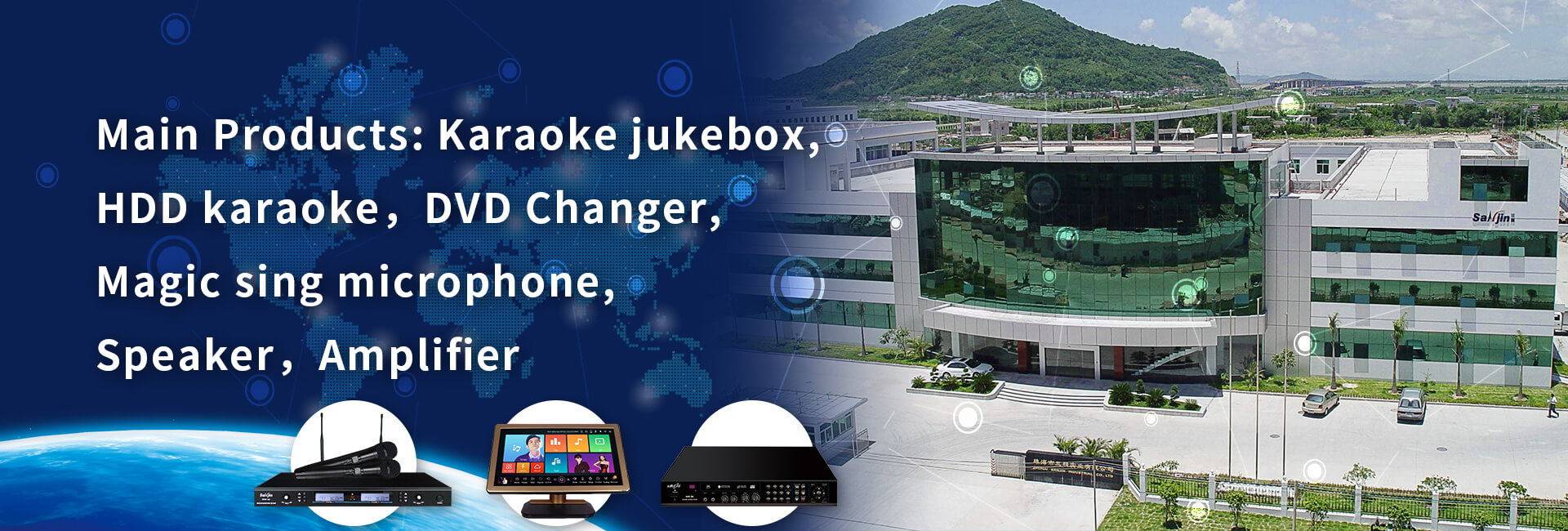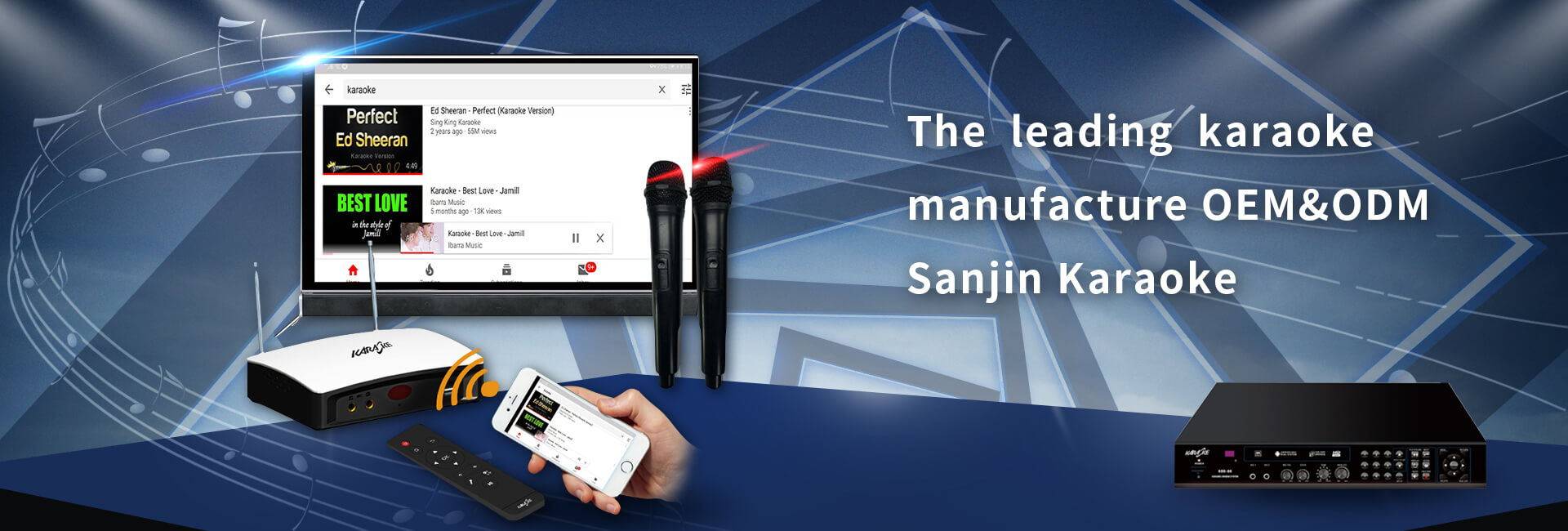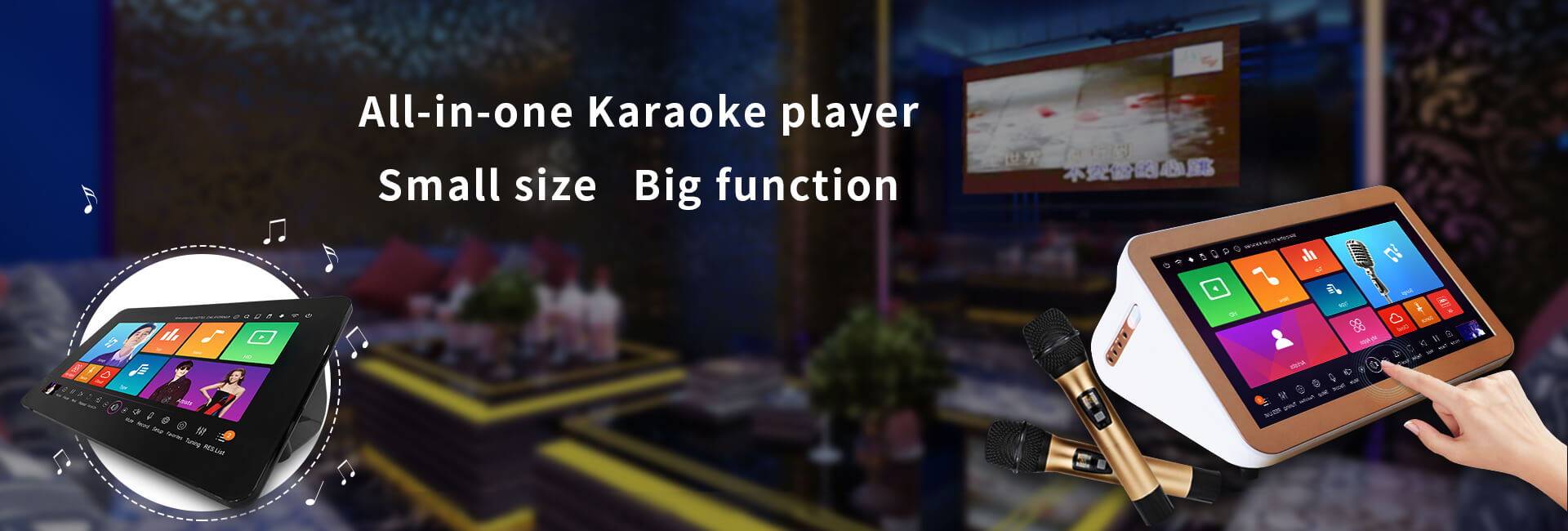When the post-90s abandon Coke and pick up the thermos, when the post-80s yearn for stability and bathe in the circle of friends, you have to sigh the magic of time. And in modern family life, what new things have attracted everyone’s attention? That should be the new favorite of private theaters. Especially when decorating a new house, many owners will want to create an exquisite space to enjoy movies and music. Next, let Bian Xiao explain to you what issues should be paid attention to when building an entry-level private theater.
First of all, of course you need to be cautious. No matter how hyped it is on the Internet, it is reliable to go to a physical store to experience it for yourself. Visible and tangible, avoid long-distance transportation bumps and bumps, and after-sales service is more secure.
home theatre
To configure private theater speakers, first determine the brand, then choose the appearance, and choose the model. Most brands will have professional designers to provide routing guidance. After choosing the brand and model, you can start walking around in the decoration. Consumers are reminded here that since all wires will age (oxidize) after a certain number of years of use, it is recommended that the wires be installed in PVC conduits during decoration and wiring to facilitate the replacement of wires in the future.
The next step is to buy a projector. Many friends ask whether the higher the brightness, the better. In fact, when you buy a business machine, the higher the brightness, the better, because the business environment is large and the light is strong, which is different from the home environment. As for the contrast, the higher the better. The higher the contrast, the clearer the image, the brighter the color, and the better the detail display.
When buying a projector, be sure to ask if the true projection ratio of the projector is 4:3 or 1633609. Most of the current DVD sources use the “16:9 variable widescreen” mode.
Generally speaking, you should choose heavier models as much as possible, because the power supply of heavier equipment is relatively strong, and most of the weight of the power amplifier comes from the power supply and the chassis. The heavier the device, the larger the value of the transformer used, or the larger the capacitance, which helps to improve the quality of the amplifier. Secondly, the material and weight of the chassis have a certain effect on the sound. A chassis made of some materials can help isolate the circuits in the chassis from the radio waves scattered outside. The larger the weight of the chassis or the more stable structure can also prevent the equipment from being affected by unnecessary vibrations. Pay attention to the output power of each channel when buying. The greater the output power, the louder and clearer the sound produced by the speaker.
It must be very heavy to configure an entry-level private theater subwoofer. The weight of the subwoofer consists of a unit, a cannon and a box. The heavier the unit, the stronger the frame and the larger the magnet. The heavier the box, the higher the density of the boards in the box. And the heavier the gun release plate, the bigger the ring. Many people buy active subwoofer speakers in private theaters to see the depth of low-frequency dive, such as 50Hz, 30Hz, which is often related to the size and number of speaker units. Here again, I would like to emphasize that buying a subwoofer depends not only on its diving volume at low frequencies, but also on the sound pressure and distortion of the speakers at this low frequency. This is often overlooked by subwoofer buyers.
When selecting equipment in the audio-visual room system
Compared with the living room theater, if you want to use a projection system, in most cases you will choose a light-proof screen with a light-proof effect. The customized audio-visual room does not necessarily choose a sound-transmitting screen, but the sound-transmitting screen is currently the mainstream of building high-end customized audio-visual rooms Direction of development. There are many advantages to using a sound screen. First, the front main speakers and subwoofer can be hidden behind the huge sound screen, which not only makes the entire audio-visual space look more concise, professional and atmospheric, but also allows us to choose a larger picture. For example, in the case of the original non-acoustic screen, considering that the main speaker and the central speaker need to be placed in the front, only a 120-inch screen can be projected, and a large 150-inch screen can be easily projected after using the acoustic screen. Secondly, after using the sound screen, the positioning of the three front speakers can be unified, especially the middle speaker does not need to be placed flat, making the entire front sound field feel more balanced. Third, the adjustment of the diffusion angle between the left and right main speakers and the listening position does not need to be interfered by the screen frame, so as to obtain a more three-dimensional and surround sound field performance.
But the sound screen also has some limitations, one of which is the loss of brightness. At present, it is difficult for the sound screen to achieve high gain, and the requirements for the brightness of the light output of the projector are very high. In addition to the loss of brightness, the sound screen also has sound loss, which is mainly concentrated in the sound attenuation of the high frequency part. It is recommended to use a special equalizer equalization processing to compensate for the corresponding loss of sound detail. In other words, the sound screen will not improve the actual performance of the entire system. If the quality of the sound screen you use is not good, it will bring bad effects. We suggest that if the size of the picture you like is smaller than 150 inches, 16:9, you don’t need to choose the sound screen. If it is larger than 150 inches, it is recommended to choose a sound screen.
In the audio-visual room system, the audio-visual amplifier plays an important core role as a link between the past and the next. On the one hand, it receives and processes audio and video signals from signal sources; on the other hand, it distributes these signals to the display system and the audio-visual room speaker system. In the construction of customized audio-visual room system, we will choose AV amplifier very carefully. At present, from the perspective of technical structure, AV amplifiers can be divided into two types: combined type and split type. The difference between the two is whether the surround sound and video processing functions are combined with the audio power amplifier functions. Split AV amplifier is mainly divided into AV pre-stage or surround sound processor, AV post-stage or power amplifier. So, do we have to choose the split amplifier before and after the AV amplifier? In fact, it still depends on the requirements of system construction.
According to the current technological development, if you want to build a large-scale immersive 3D surround sound system with more than 16 channels, you can only choose a surround sound processor front and rear solution equipped with the 2020 Customized Audiovisual Room System Recommendation Guide 43 HomeTheater amplifier. If you only build an immersive 3D surround sound system with mainstream specifications such as 7.1.4 or 9.1.2, the combined AV amplifier is fully functional and suitable for users with limited budgets. However, even if we choose to build a surround sound system of this specification, if the budget allows, we can have more room to choose a surround sound speaker system. After all, independent power amplifiers often have stronger speaker driving capabilities. In addition, from the perspective of the upgrade, we recommend that you choose a split AV power amplifier system. In the future, you only need to replace the surround sound processor, you do not need to replace the rear amplifier, and even some surround sound processors only need to replace the internal surround sound processing card.
Readers often ask us whether we use wall-mounted speakers or embedded speakers in our customized audio-visual room. Indeed, from the perspective of mainstream high-end customized audio-visual room solutions at home and abroad, the usage rate of wall-mounted and embedded speakers is very high. This design can make the entire audio-visual room more concise and unified. But this does not mean that we must choose this hidden speaker. If you particularly like traditional swing speakers, you can also choose this type of speaker. Simply put, the sound performance and whether it is suitable for movie playback depends on the performance characteristics and design style of the speaker itself, rather than the installation type of the speaker. The audio performance of conventional pendulum audio-visual rooms is not necessarily worse than that of wall-mounted or embedded speakers, and some poorly designed wall-mounted or embedded speakers are not as good as those with excellent design in playing movies and music.
In addition, more attention should be paid to the unity of the entire speaker system in the selection of the audio-visual room. It is best to use speakers of the same brand and series, and even all surround speakers are of the same model. The same is true for subwoofers, so as to maintain the uniform tone of the overall speaker system. The best advantage of this choice is that it is conducive to our later adjustments, especially the subwoofer part, which can handle multiple subwoofers in a unified adjustment manner to minimize the impact of indoor low-frequency standing waves on low-frequency sounds.
Post time: Jun-08-2021





